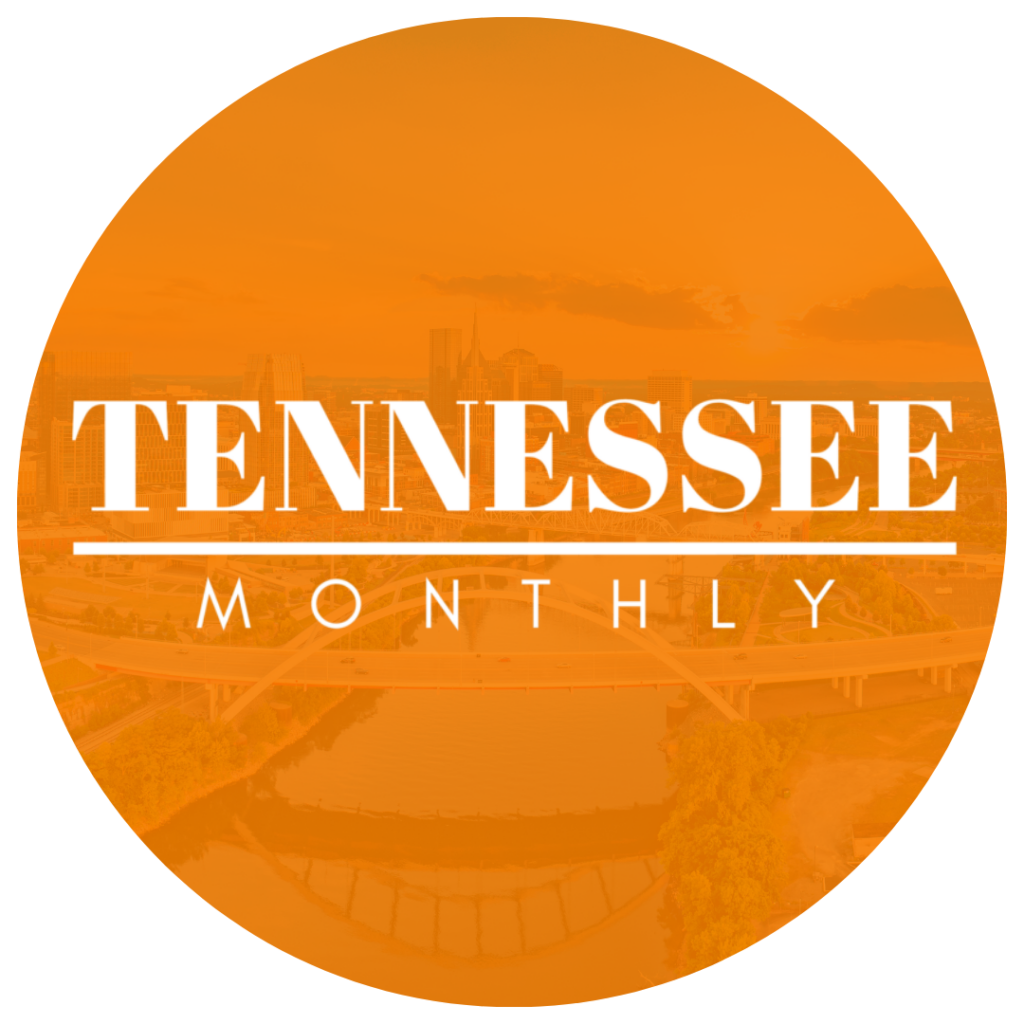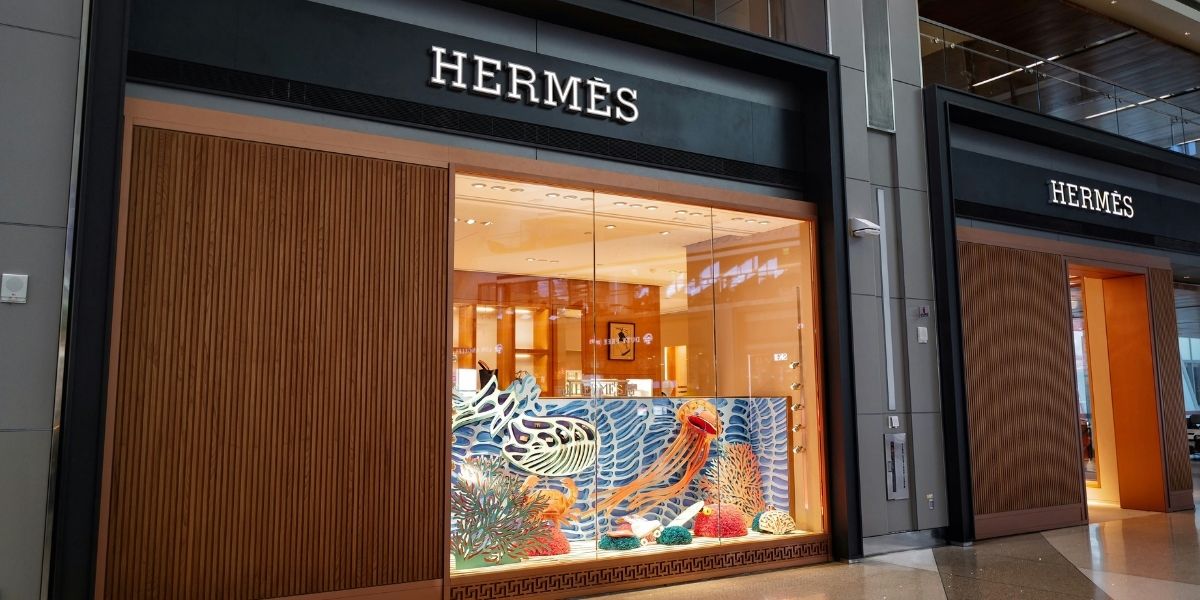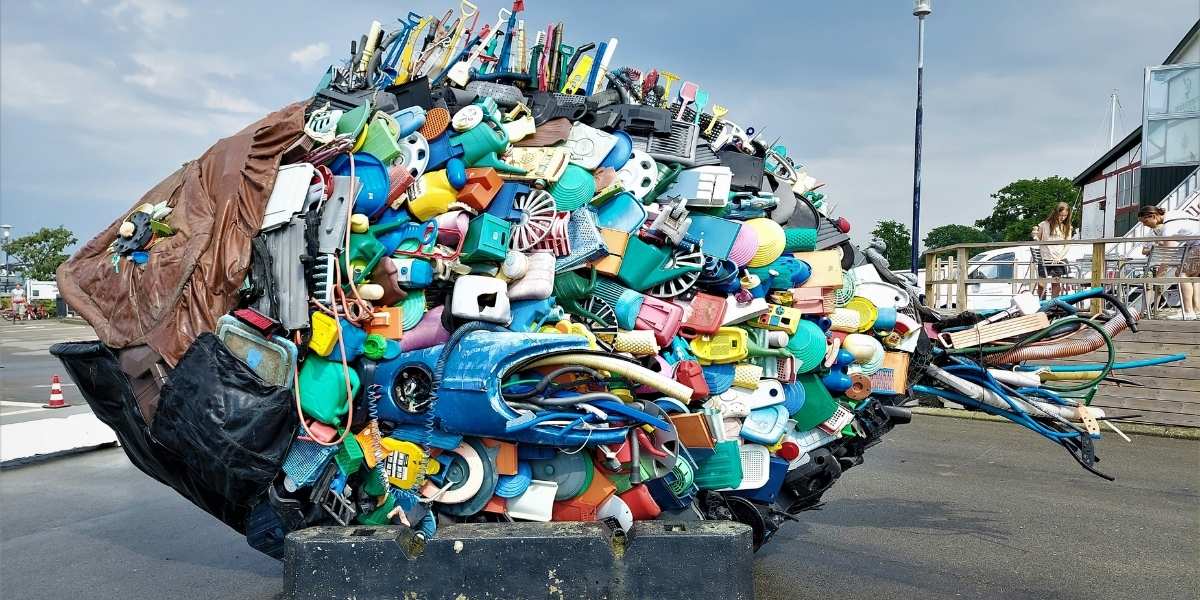Christmas Trees and Menorahs Together: Finding Harmony in Interfaith Celebrations
Holiday decorations hold deep meaning for families, representing cherished traditions and personal beliefs. The combination of a Christmas tree and a menorah in a single home may seem unusual to some, but it is a growing reflection of the diverse, interconnected society in which we live. As interfaith families become more common, this harmonious blend of symbols becomes a powerful expression of unity and mutual respect.
Read More: How to Effectively Identify and Understand Your Target Audience
The question is not whether these symbols can coexist, but rather how they can bring people together, fostering an environment of understanding during the festive season.
How Do Christmas Trees and Menorahs Represent Different Traditions?
Both the Christmas tree and the menorah hold significant spiritual meanings in their respective traditions. The Christmas tree, with its twinkling lights and colorful ornaments, symbolizes joy, rebirth, and the spirit of giving associated with the holiday season. For many, it is a centerpiece that brings warmth and festive cheer into the home, serving as a gathering place for families to celebrate Christmas together.
In contrast, the menorah is a central symbol in the Jewish festival of Hanukkah, representing the miracle of light that occurred in the Second Temple of Jerusalem. Each of its eight candles is lit over the course of the holiday, commemorating resilience, faith, and the triumph of hope in times of adversity. Unlike the decorative nature of the Christmas tree, the menorah carries a solemn ritual significance, centered around reflection and remembrance.
Placing these two symbols together may initially appear as a clash of traditions. However, for many families, it reflects a celebration of diversity, showcasing how two distinct cultures can exist side by side. The combination highlights the shared values of family, love, and togetherness that underpin both holidays, offering a broader perspective on what the festive season truly means.
Why Are More Families Embracing Both Symbols?
As society becomes more inclusive, the concept of a “traditional” holiday celebration is evolving. More families today find themselves blending customs from different cultural and religious backgrounds, and this includes holiday decorations. By displaying a Christmas tree alongside a menorah, they are honoring the unique heritage of each family member while embracing a spirit of inclusivity.
For interfaith families, this practice is about more than just aesthetics; it’s a way to create a shared environment where all traditions are respected and celebrated. Children growing up in these households are given the opportunity to learn about both sides of their heritage, fostering a sense of openness and understanding from an early age. It becomes a teaching moment, where they can explore the history and values of each holiday, deepening their connection to family and community.
This blend of symbols serves as a reminder that religious and cultural diversity need not be divisive. The presence of a Christmas tree and a menorah in the same space is a visual representation of harmony, showing that differences can coexist without diminishing the significance of either tradition. This approach reflects a broader trend toward inclusivity, where communities are finding ways to recognize and honor the diverse backgrounds of their members.
How Can Homes and Communities Blend These Traditions?
Creating an inclusive holiday atmosphere involves intentional planning and a willingness to celebrate diversity. Homes and communities looking to incorporate both the Christmas tree and the menorah can do so in ways that honor each tradition’s significance.
In households, placing a Christmas tree and a menorah together can start with a designated space that respects the symbolism of both. Families might choose to decorate the tree with ornaments that reflect both holidays, such as small dreidels or stars, alongside traditional Christmas decorations. This integration creates a space where each family member sees their beliefs represented, without any one tradition overshadowing the other.
Communities, too, are finding ways to integrate these symbols in public celebrations. During the holiday season, it is increasingly common to see public spaces adorned with both Christmas trees and menorahs, especially in areas with significant interfaith populations. This approach not only reflects the demographic diversity of the area but also promotes a message of inclusivity and respect. Local events might include lighting the menorah alongside Christmas tree lighting ceremonies, offering opportunities for people from different backgrounds to engage with and learn from one another.
The key to blending these symbols lies in recognizing the values they share. Both traditions emphasize family, togetherness, and the importance of light—whether it’s the light of a candle or the glow of a string of lights on a tree. This common ground allows for a celebration that honors the uniqueness of each tradition while building connections that strengthen the community as a whole.
What Does This Symbolic Blend Mean for the Future?
The presence of Christmas trees and menorahs together is more than a decorative choice; it is a statement of unity. As more families embrace interfaith celebrations, they set an example of how traditions can be shared and honored without losing their distinct significance. This approach not only enriches the holiday experience but also lays the groundwork for a more inclusive society, where diversity is celebrated rather than merely tolerated.
In an increasingly interconnected world, the ability to blend traditions and celebrate diversity is a valuable asset. It helps build bridges between communities, encourages understanding, and promotes a sense of belonging for everyone involved. As interfaith families continue to grow and reshape holiday celebrations, the combination of symbols like the Christmas tree and the menorah may become a common sight, symbolizing the power of unity during the festive season.
Read Also: Why Visit the Great Smoky Mountains in Winter?
The blending of these two traditions underscores a simple yet profound truth: the holiday season is about bringing people together. Whether it’s under the glow of a Christmas tree or the light of a menorah, the emphasis is on love, understanding, and the shared experience of celebration.








